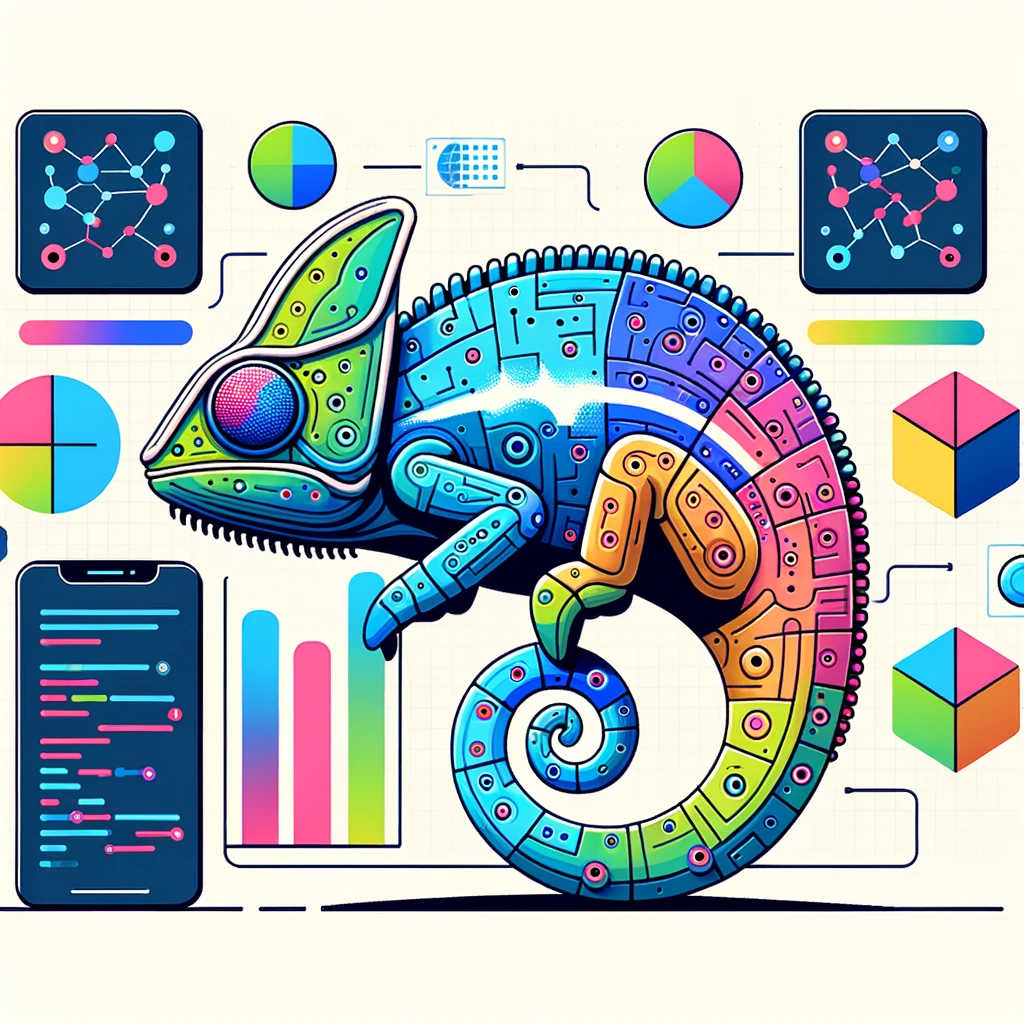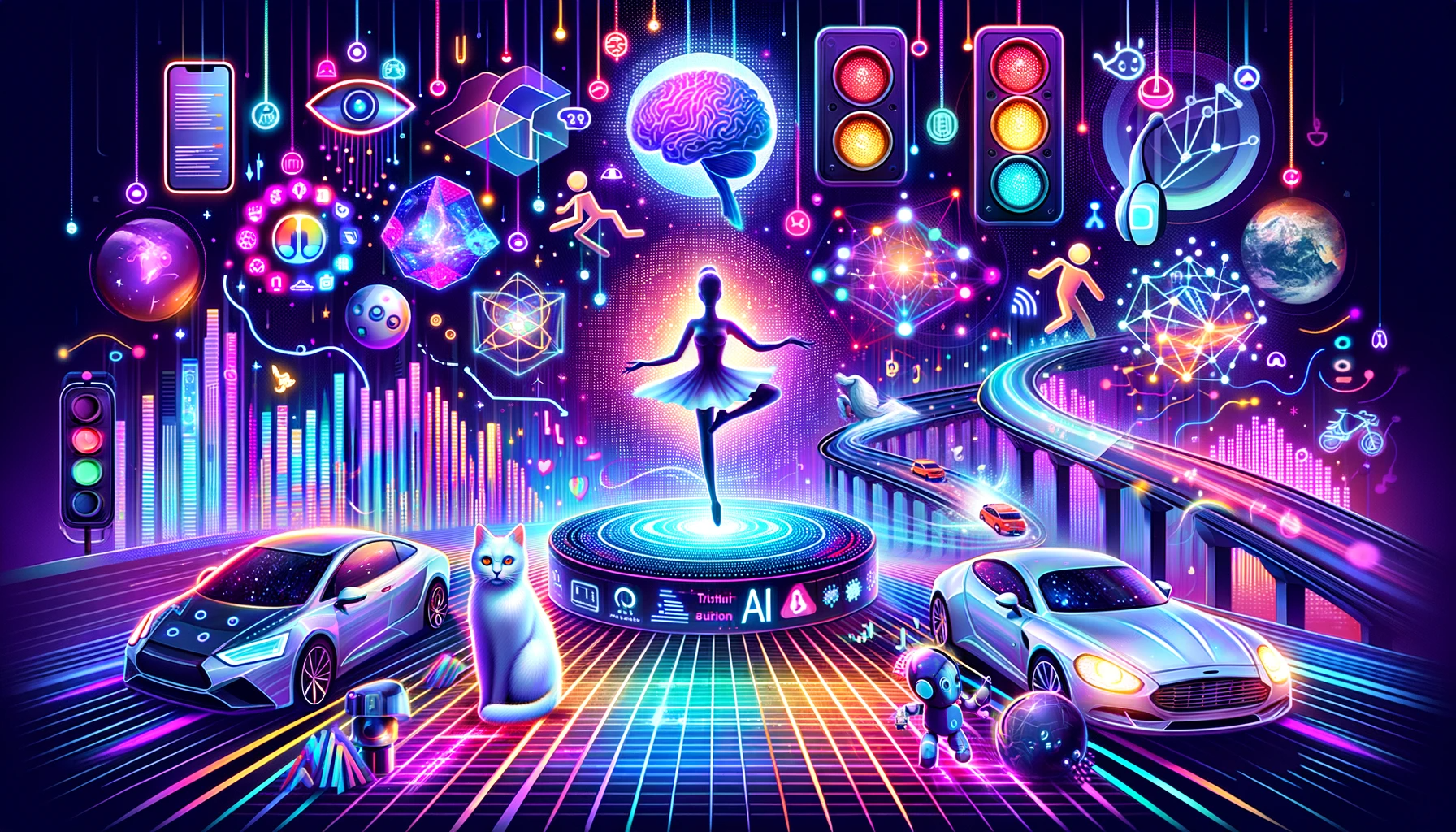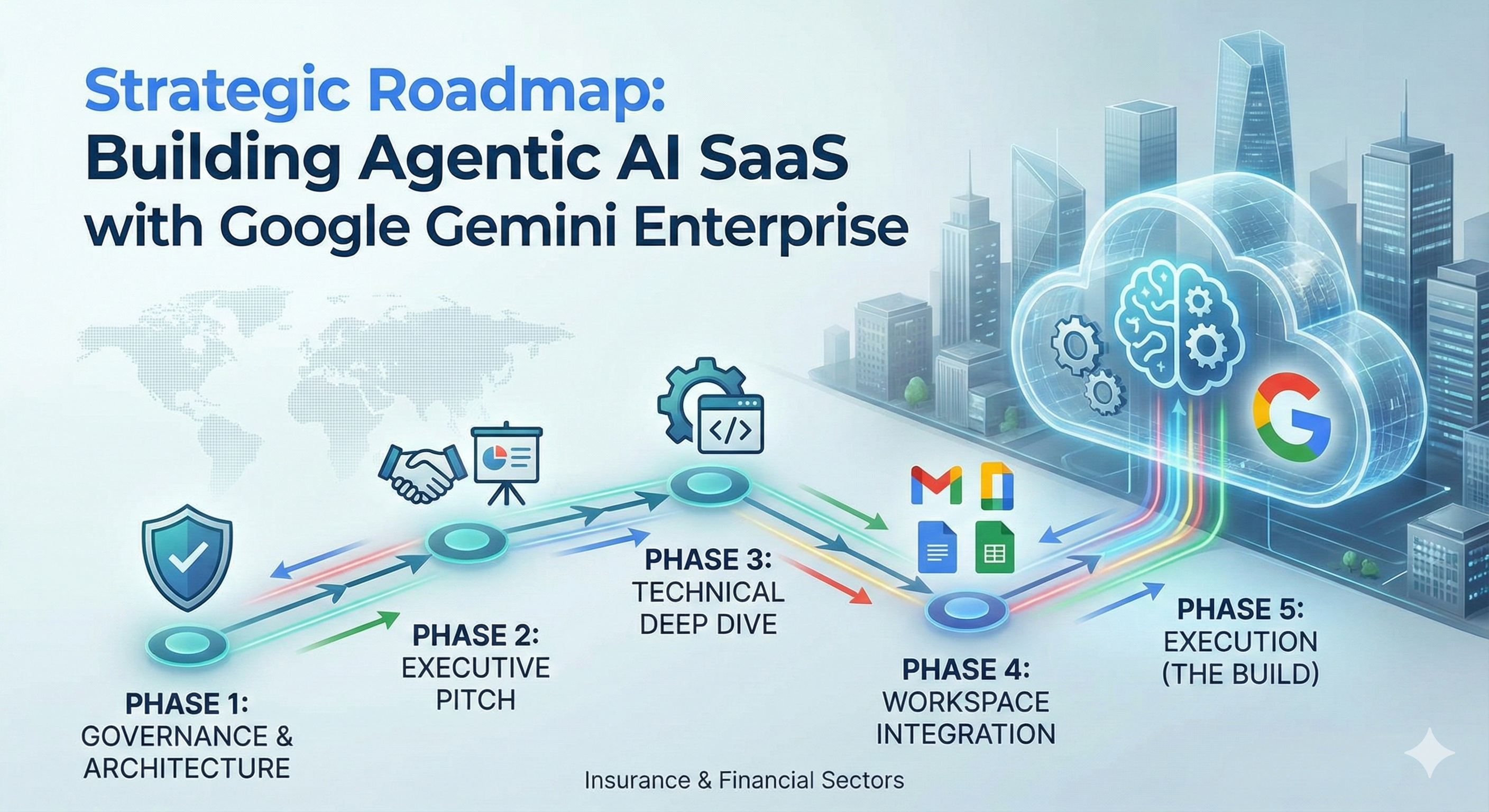Table of Contents
Introduction to Adaptive AI
Ever marveled at a dancer’s ability to adapt to the beat’s changes? What if our machines danced to life’s unpredictable rhythms? Strap in, we’re diving deep into the mesmerizing realm of Adaptive AI.
Adaptive AI refers to artificial intelligence systems that can adjust and learn from new data or environments after their initial training. Here are three examples that illustrate adaptive AI across different contexts:
1. Personalized Learning Platforms
Adaptive AI is used in personalized learning platforms, such as educational apps or online courses. These platforms analyze a student’s learning patterns, strengths, and weaknesses. Based on this analysis, the AI adapts the curriculum to match the student’s pace and understanding. For example, if a student excels in mathematics but struggles in reading, the AI will present more challenging math content while providing additional support in reading.
2. Smart Home Devices
Smart home devices, like thermostats or lighting systems, use adaptive AI to learn from a user’s habits and preferences. For instance, a smart thermostat might learn what temperature settings you prefer at different times of the day and adjust automatically. If it notices you tend to lower the temperature at night, the AI will start doing this on its own, improving energy efficiency and comfort.
3. Adaptive Traffic Management Systems
In urban planning, adaptive AI is employed in traffic management systems. These systems analyze traffic flow data in real-time and adjust traffic signals to reduce congestion. For example, if the AI detects increased traffic volume on a particular route, it might alter the traffic light patterns to improve flow, reducing wait times and emissions. This kind of system is constantly learning and adapting based on current traffic conditions, weather, and even special events that might impact road usage.
Dynamic Learning: Courses that Correct Themselves
Picture an online course that changes its content based on student feedback. Adaptive AI is like a tutor that tailors lessons for each student, ensuring everyone is on track.
Environment Sensitivity: AI with a Sixth Sense
Imagine traffic lights that adapt to pedestrian flow or weather conditions, ensuring safety while optimizing traffic flow.
Self-Modification: The Self-Upgrading Software
Think of a video game that evolves its levels based on a player’s skill. No more “too easy” or “impossibly hard”; it’s always just right!
Real-time Adaptation: The Ever-Ready Responders
Visualize a home security system that distinguishes between a stray cat and a potential intruder, ensuring alarms only when necessary.

Continuous Improvement: Perpetual Perfection Pursuers
Like a barista refining their coffee blend based on customer feedback, Adaptive AI tweaks its algorithms for the perfect output.
Feedback Loop: Listen, Learn, Leap
Consider voice assistants like Alexa or Siri, which learn your preferences over time, offering more personalized responses with each interaction
Evolutionary Algorithms: Survival of the Smartest
Imagine software that designs multiple versions of a product, tests each one, and then refines the best-performing design
Reinforcement Learning: The Game Masters
Recall AI systems like AlphaGo, which mastered the game of Go by playing against itself, learning and adapting strategies with each match.
Predictive Adaptation: The Crystal Ball Coders
Envision a stock trading AI that predicts market fluctuations and adapts its strategies in anticipation, safeguarding investments.
Plunge into this sea of stories and insights, where Adaptive AI emerges not just as code but as a living, learning entity. Whether you’re an AI newbie or a tech guru, the dance floor of Adaptive AI promises enchanting twirls and thrilling tunes.
Read More:
AI to the Rescue: Building Features Faster and Better with AI. (aiamigos.org)
https://www.aieducationforkids.com/generative-vs-discriminative-models
AI Evolution: 13 Breakthrough Stages from Rule-Based Systems to Quantum Wonders
Generative AI Solutions: 13 Proven Steps to Unleash Powerful, Innovative Tech
Refer:
https://en.wikipedia.org/wiki/Generative_artificial_intelligence
https://en.wikipedia.org/wiki/Artificial_intelligence



